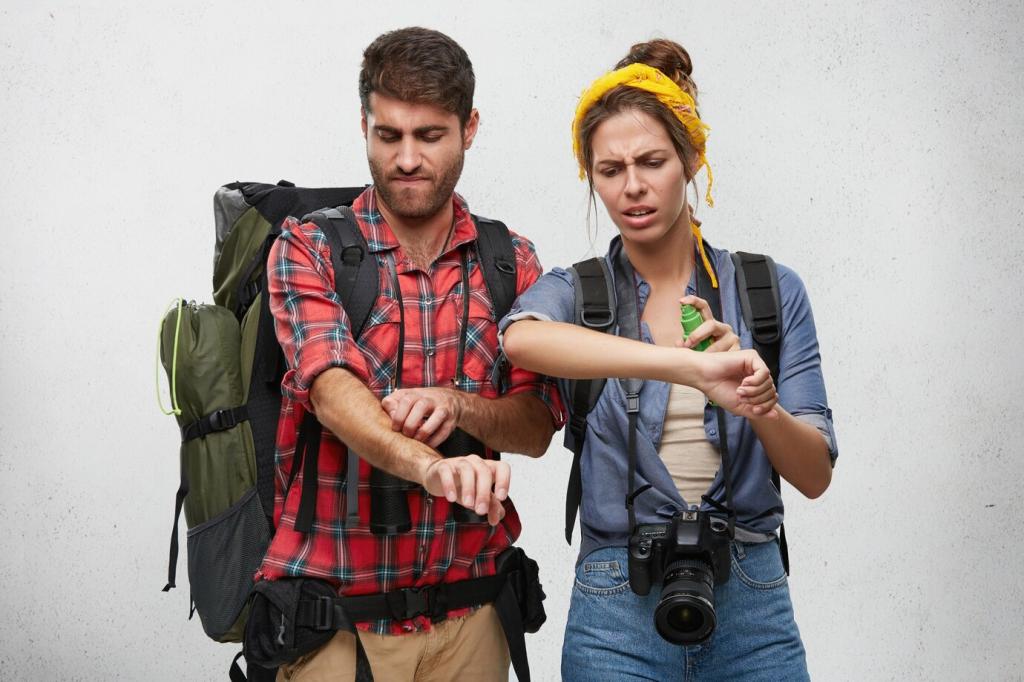Essential Gear for National Park Hikes
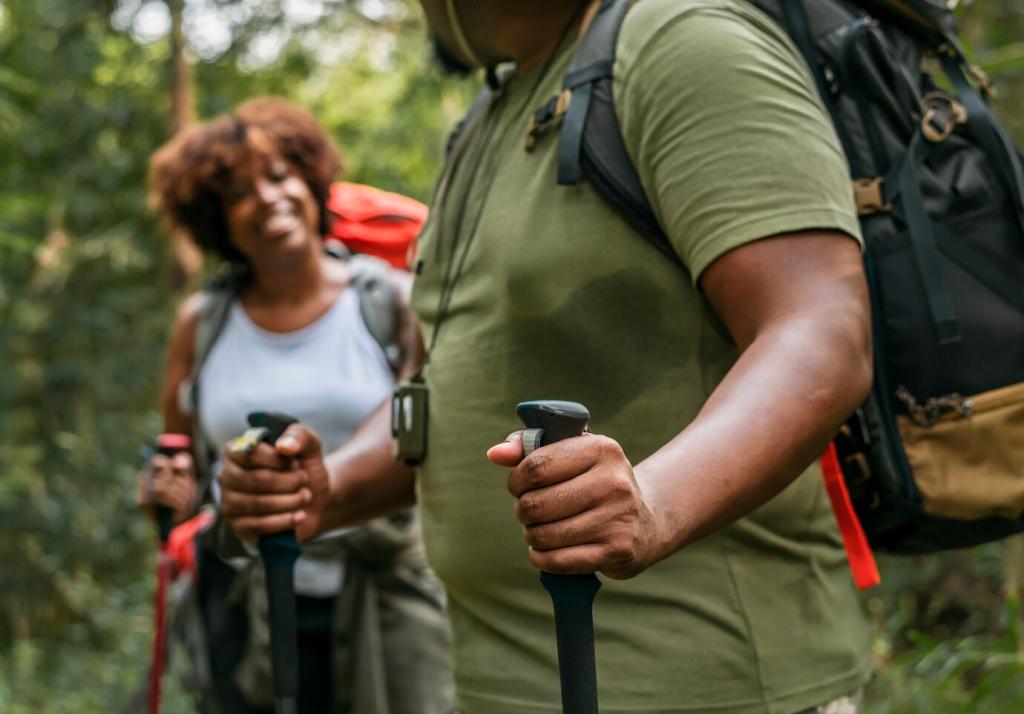
Match your footwear to terrain and load: lightweight trail runners for maintained paths, mid-cut hikers for mixed routes, and sturdy boots for rocky scrambles. Try on late afternoon when feet swell, and bring hiking socks to ensure a precise fit.
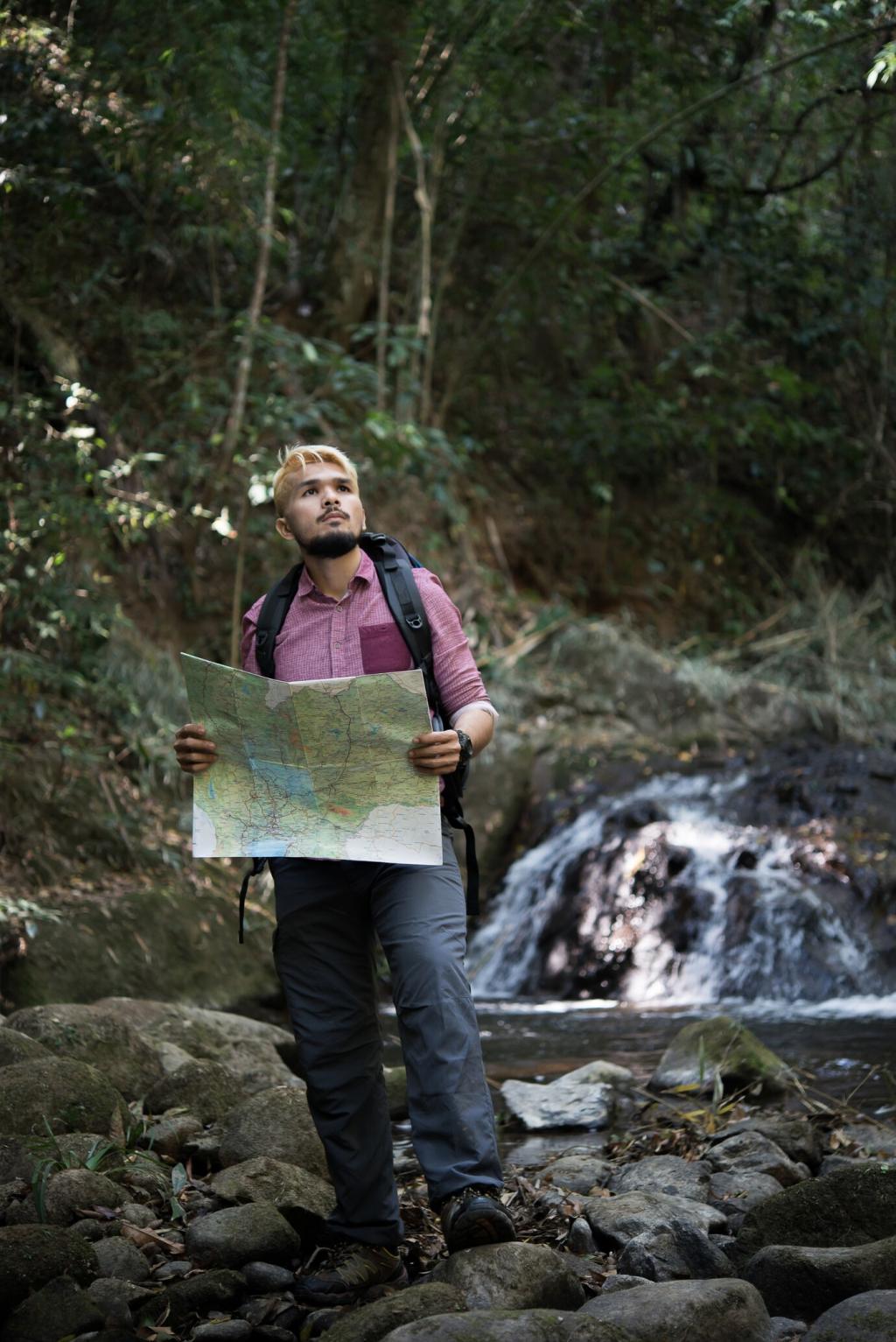
Merino wool manages moisture and odor, while synthetic blends dry quickly after creek crossings. Consider thin liners to reduce friction on long climbs. Replace worn pairs early; sagging heels and thin toes often cause hot spots during steep descents.
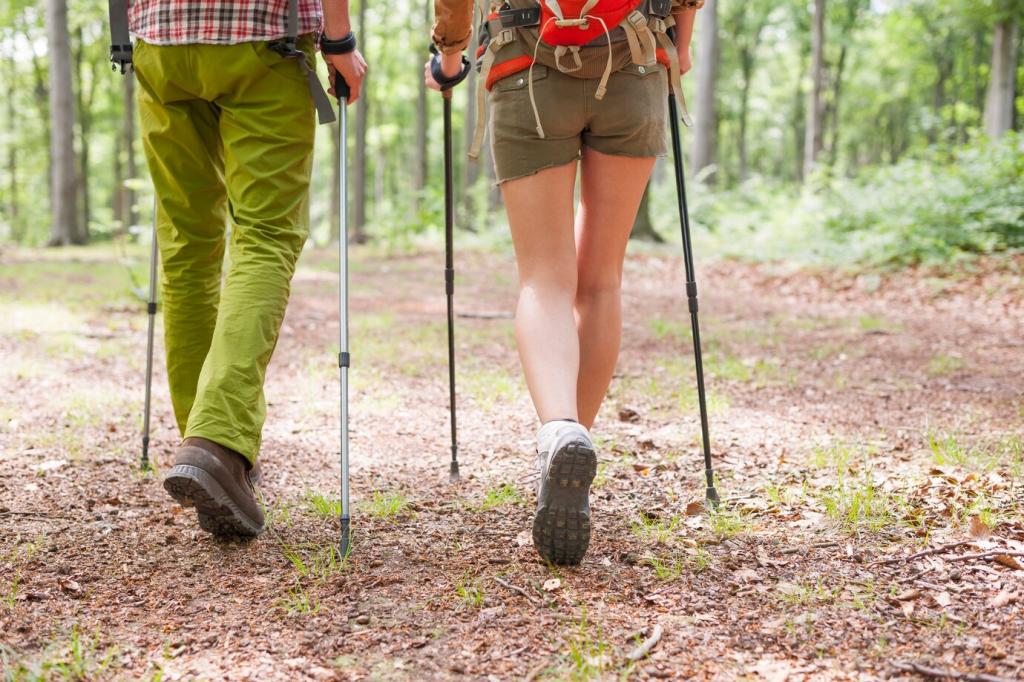
Ease into new boots on neighborhood walks, then short trails with a light pack. Use heel-lock lacing on steep grades to limit slip. At lunch, loosen laces to restore circulation; small adjustments prevent blisters more reliably than any bandage.
Maps, Compass, and GPS: Redundant Systems
Carry a paper topo map inside a zip bag, learn basic compass bearings, and download offline GPS maps before leaving cell service. Electronics fail; skills don’t. Tell us your favorite offline app, and subscribe for our quick-start map-reading guide.
Emergency Basics: Whistle, Space Blanket, and Signal
A pealess whistle reaches farther than shouting when wind roars through canyons. A reflective space blanket doubles as shelter and signal. Three short blasts are the universal distress call; review it with partners at the trailhead every time.
Anecdote: The Ridge That Vanished in Fog
On a Shenandoah ridge, fog erased blazes within minutes. A simple bearing from the last clear junction guided our group back. One tiny skill, practiced at home, kept our day delightful instead of dangerous—proof essential gear includes practiced knowledge.


Hydration and Nutrition: Fuel the Journey
Bladders encourage steady sipping and balance, while bottles are simpler, durable, and good in freezing temps. Many hikers carry both: a bladder for sipping and a bottle for electrolytes. What works for you? Comment with your preferred setup and why.
Hydration and Nutrition: Fuel the Journey
Sawyer-type squeeze filters excel for weight and reliability; chemical drops are ultralight backups; UV pens disinfect quickly in clear water. Pre-filter silty sources with a bandana. Always verify water sources with recent ranger reports before heading out.
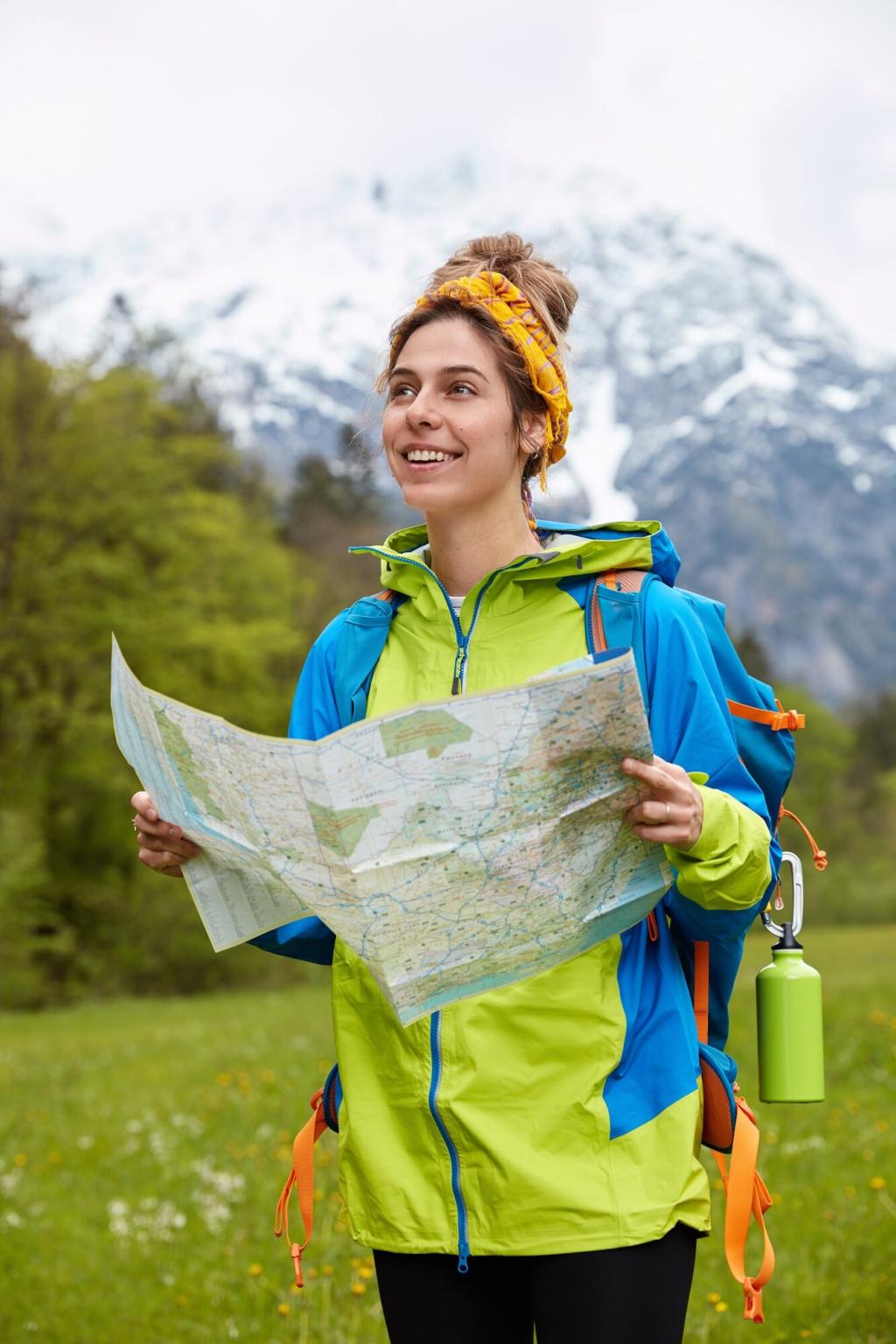
The Classic Trio: Base, Mid, and Shell
A wicking base moves sweat, a mid-layer traps warmth, and a shell blocks wind and rain. Avoid cotton, which chills when wet. Practice quick changes at rest stops; staying dry preserves energy and keeps decisions sharp on long, exposed traverses.
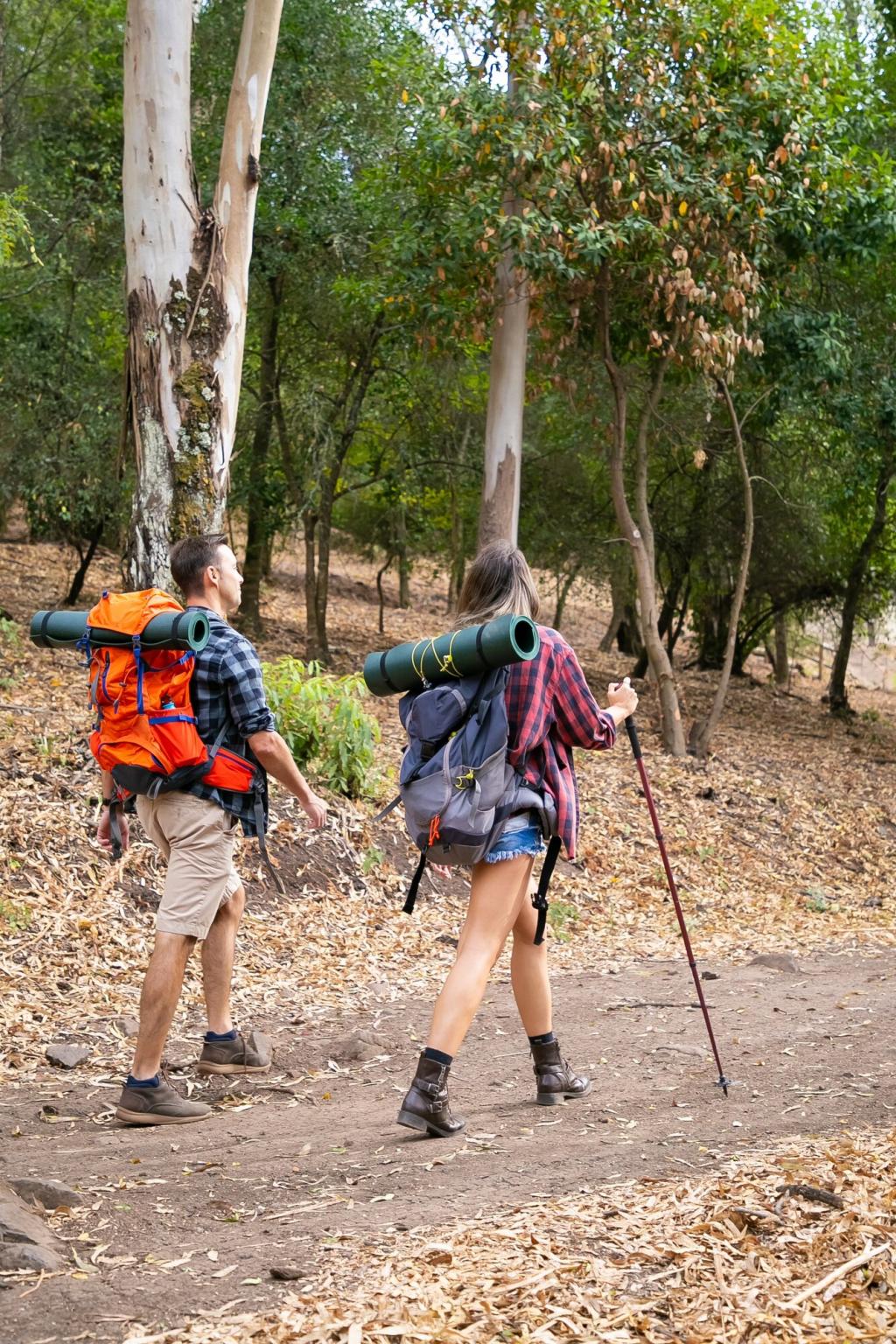
Rain Gear: Proofed and Packed Right
A breathable rain jacket with pit zips prevents clammy misery. Add rain mitts and a brimmed cap for face protection. Pack a lightweight skirt or pants for brushy, wet trails. Stash layers high in your pack for fast access when clouds build.
First Aid and Field Repairs: Fix Problems Fast
Leukotape or kinesiology tape, alcohol wipes, and donut pads stop friction from escalating. At the first hot spot, tape immediately. Trim toenails before trips, and carry a tiny dab of antibiotic ointment. Comment with your favorite blister hack to help others.
First Aid and Field Repairs: Fix Problems Fast
Tenacious Tape patches jackets and tents; a mini sewing kit rescues straps; zip ties and a few feet of paracord solve countless problems. Add a small multi-tool for pliers and scissors. These grams often save hours and prevent early turnarounds.
Light and Power: See the Trail, Capture the Moment
Choose a headlamp around 300 lumens with flood and spot modes, plus a red setting to preserve night vision. Carry spare batteries in a warm pocket. A tiny backup light weighs little but adds huge peace of mind during unexpected late finishes.
Light and Power: See the Trail, Capture the Moment
A 10,000 mAh bank reliably tops off a phone, headlamp, and GPS for day hikes with heavy photo use. Keep cables organized in a small pouch. Airplane mode and low-power settings stretch runtime without sacrificing critical navigation functionality.
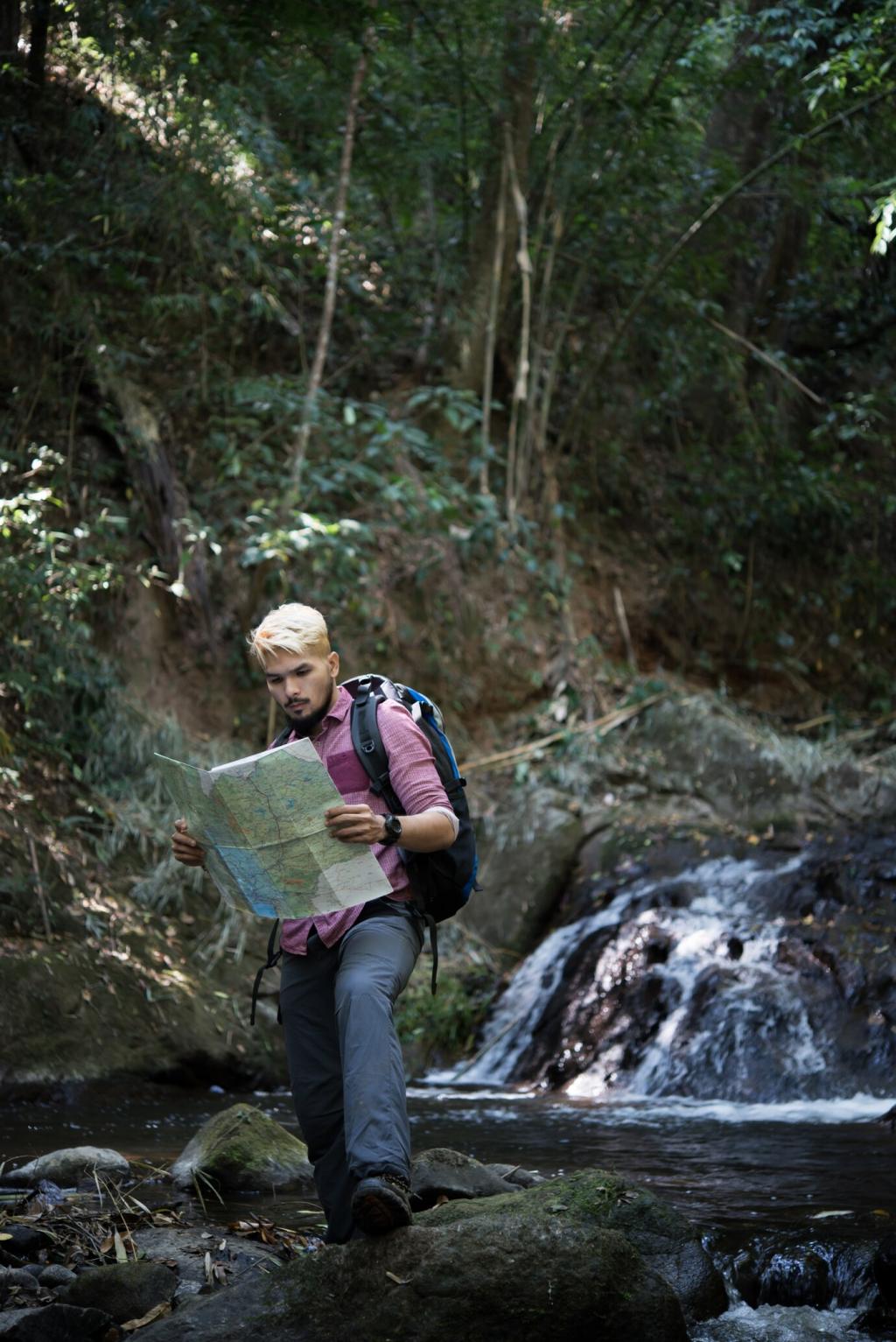
Leave No Trace and Wildlife-Smart Gear
Pack a dedicated ‘poop kit’: trowel, TP in a zip bag, and hand sanitizer. Where required, use wag bags. For cat holes, go 6–8 inches deep and 200 feet from water. Share your minimal, discreet kit setup to help newcomers learn best practices.
